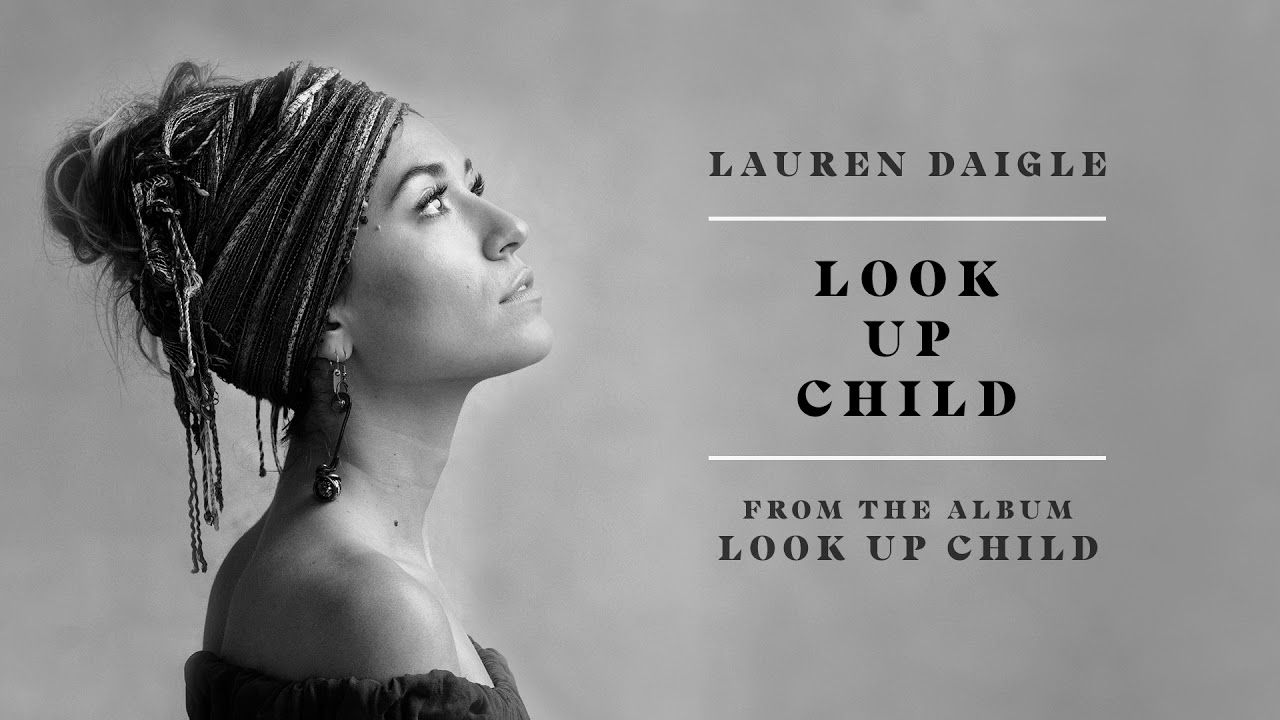Episode 54: Don't Change
I woke up this morning with a sunny disposition and a solid plan to crank out the newsletter today, just as I have the last 53 weeks. As usual, I start my day with a large Americano to energize my morning and start the writing process. I walked to my car, cranked her up, and started the four-block drive (you think I would walk?) to get my caffeine injection. As I pulled out of the driveway this morning, I discovered my day would go fundamentally different than planned. As they say, make a plan to make God laugh.
My car was tilted to one side, and the culprit visually apparent: a completely flat tire. Sigh. For those who know me well, I wouldn’t exactly call me “handy.” Ok, maybe I can make a keyboard light up as I type close to 60 words a minute. And in sports, I had “good, quick hands” that belied my “slow feet.” But in the classic sense of being handy around the house or good with anything mechanical, forget it. My favorite phrase to anything involving manual labor is “outsource!” With that confession, I proceeded to change my completely flat tire, install the spare, and--frown on my face in place--hobble to the shop on a stunted spare to replace the tire.
This preamble is simply an explanation why your treasured newsletter (indulge me) is late because life happened. There’s a life tax we all pay and its unavoidable. Mine came due today. I’d apologize but it would be insincere. We’ve all been here. I know all of you can relate. You just do your best and move on. But my message this week is clear: life, don’t change a thing for me. Things didn’t go as planned, but I’m increasingly convinced a positive mindset is the key to happiness. With that in mind, I will celebrate that I got to get my hands dirty and punched my “man card.” Yee Haw!
CRITICAL RACE THEORY
I am confused about an increasingly hot topic, Critical Race Theory. The subject is everywhere, but my sense is few people understand it. So I decided to dig in this afternoon with tire grease on my hands, research the topic, and report my findings.
What is Critical Race Theory?
Critical Race Theory (CRT) is a movement of civil rights scholars and activists in the US who seek to critically examine the law as it intersects with race issues. CRT critiques how the social construction of race and institutionalized racism perpetuate a racial caste system that relegates people of color to the bottom tiers. CRT proponents believe that racism is not a bygone relic of the past. Instead, the legacy of slavery, segregation, and the imposition of second-class citizenship on Black Americans and other people of color continues to permeate the social fabric of this nation.
Two common themes loosely unify critical race theory: 1) that white supremacy, with its societal or structural racism, exists and maintains power through the law 2) achieving racial emancipation and anti-subordination more broadly, is possible. According to Khiara Bridges, in a paper published in the American Bar Association, the CRT suggests the following:
-
Race is not biologically real but is socially constructed and socially significant. It recognizes that science, as demonstrated in the Human Genome Project, refutes the idea of biological racial differences. In other words, race is the product of social thought and not connected to biological reality.
-
Acknowledgment that racism is a standard feature of society and is embedded within systems and institutions, like the legal system.
-
Rejection of popular understandings about racism, such as arguments that confine racism to a few “bad apples.” CRT recognizes that racism is embedded in structures and woven into public policy, and the systemic nature of racism bears primary responsibility for reproducing racial inequality.
When did CRT start?
The CRT movement started in the mid-1970s in legal academia, and the originators include Derrick Bell , Kimberle Crenshaw , Cheryl Harris , Richard Delgado , Patricia Williams , Gloria Ladson-Billings , among others. In 1995, Gloria Ladson-Billings began applying the CRT framework in the field of education. Her primary goal was to understand inequities in the context of schooling better.
Why is CRT receiving so much attention today?
The 1619 Project is an ongoing initiative from The New York Times Magazine that began in August 2019, the 400th anniversary of the beginning of American slavery. The project aims to reframe American history by placing the consequences of slavery and the contributions of black Americans at the very center of our national narrative. The debut publication contained essays on different aspects of contemporary American life, from mass incarceration to rush-hour traffic, that allegedly has their roots in slavery and its aftermath. These works are all original compositions by contemporary black writers who were asked to choose events on a timeline of the past 400 years.
The 1619 Project highlights the legacy of slavery, and most importantly, the unparalleled role black people have played in our democracy. Most schoolchildren can recite the founding date of the United States of America: July 4th, 1776. But the 1619 Project changes that date to August 20th, 1619—the day enslaved Africans first arrived on Virginia soil. In August of 1619, the NYT suggests a cargo ship arrived at Point Comfort in the British colony of Virginia, bearing 20-30 enslaved Africans, and inaugurated a barbaric system of chattel slavery that would last for the next 250 years. This action is sometimes referred to as the country’s original sin, and to supporters of CRT, it is our nation’s origin. The argument continues that out of slavery and the anti-black racism that it required grew nearly everything that has made America exceptional—economic might, industrial power, electoral system, and inequities in the legal, public health, and education systems.
A report last year from the Southern Poverty Law Center, a civil rights and advocacy organization, found no systematic approach to teaching slavery in schools —and lessons often miss crucial components to understanding this fundamental American topic. It’s taught as a Southern phenomenon rather than sanctioned in the Constitution, and the voices and experiences of enslaved people are generally left out. The Pulitzer Center curriculum offers discussion questions and guided reading and activities aligned with the Common Core State Standards. However, twenty state attorneys general told the Education Department that they oppose teaching CRT in classrooms. Last month, Tennessee Governor Bill Lee signed a measure into law banning teachers from teaching certain concepts of race and racism in public schools, where teachers risk losing valuable state funding if they violate the new law.
Following the release of The New York Time’s work, former President Trump organized the 1776 Commission in 2020. The objective was to set up a national commission to “promote patriotic education” and “restore the understanding of the greatness of the American founding.” President Biden rescinded the commission on his first day in office. Trump also signed an executive order banning federal contractors from conducting specific racial sensitivity training. The measure was challenged in court, and President Biden rescinded the order the day he took office. Since then, the issue has taken hold as a rallying cry among conservative media outlets and some Republican lawmakers.
Republicans, who are fighting the teaching of CRT in schools, contend it divides Americans and overturns racial progress. Democrats and their allies maintain that progress is unlikely without examining the root causes of disparity in the country. A culture war is heating up just as students and teachers are starting to break for summer. Many school board meetings and elections are seeing robust parent turnout, spurred by disputes over CRT and anti-racist curricula. Arguments for and against the approach do not always track precisely along political, racial, or ideological lines. In general, those in favor of the new laws want more restrictions as classroom discussions and hastily implemented anti-racist lesson plans have taken hold in the past year. Those opposed say statehouse rules could have a chilling effect on the conversation about racism and race in schools just when it is needed most. Jonathan Zimmerman, a professor of history at the University of Pennsylvania, suggests , “the debate isn’t about whether there’s been racism in our country; it’s about what racism has meant and what it’s done to America. Is it something that’s been progressively overcome as we move toward fulfilling our national ideals, or is it something that’s been a constant force in society, making society itself irredeemably racist?”
With no national standardized history or social studies curricula, it’s not clear how many teachers across the county’s 13,000 school districts teach critical race theory as an academic concept or how many schools have anti-racist practices. A nationally representative survey by EdWeek Research Center in August 2020 found that 81% of educators identify themselves as “anti-racist/abolitionist” educators, and 84% are very or somewhat willing to teach or support the implementation of anti-racist curricula. It’s unclear where this debate ends, but one thing is for sure it will be front and center for the midterm elections.
I. Below are the articles I found interesting the past week:
II. Stats that made me go WOW!
- The Nasdaq Composite rose nearly 47% over the past 12 months, and even after a recent pullback, a crypto investor who put $10,000 in bitcoin at the end of 2019 could have netted more than $50,000 in gains after bitcoin’s 2020-21 surge.
III. Name that Tune!
As I write this email, I am listening to “Don’t Change” by INXS.
INXS was an Australian rock band. The origins of INXS began in 1977 with Andrew Farriss convincing his fellow Davidson High School classmate, Michael Hutchence, to join his band, Doctor Dolphin. Andrew’s brother, Tim Farriss, convinced Doctor Dolphin to merge with his band, and they briefly took the name of The Farriss Brothers before playing under the title The Vegetables. The crew toiled in obscurity before a chance meeting at a pub with Gary Morris, the manager of Midnight Oil. That relationship led to The Vegetables supporting Midnight Oil at shows. The group officially changed its name to INXS in 1979, inspired by English band XTC and Australian jam makers IXL. Initially known for their new wave/pop style, the band later developed a rock style that included dance elements. In 1984, INXS had their first number-one hit in Australia with “Original Sin.” The band would achieve international success in the late 1980s and early 1990s, with hit albums, Listen Like Thieves and Kick. The band’s hit singles included “What You Need,” “Need You Tonight” (the band’s only US number-one single), “Devil Inside,” “Never Tear Us Apart,” Suicide Blonde,” and “New Sensation.” INXS has sold over 75 million albums worldwide, making them one of Australia’s highest-selling music acts of all time.
For 20 years, INXS was fronted by Hutchence, whose magnetic stage presence made him the band’s focal point. Hutchence was a media darling with notable love affairs with prominent actresses, models, and singers, including Kylie Minogue , Belinda Carlisle , Helena Christensen , and Paula Yates. Hutchence would have a baby with Yates, the former wife of musician Bob Geldof , and name her Heavenly Tiger Lilly Hutchence.
On November 22nd, 1977, Hutchence, age 37, was found dead at the Ritz-Carlton hotel in Double Bay, Sydney. Hutchence hung himself with his snakeskin belt tied around the automatic door closure to his room. The autopsy report confirmed the cause of death was suicide but noted copious amounts of alcohol, cocaine, and Prozac in his system. In a 1999 interview on 60 Minutes , Yates claimed that Hutchence’s death might have resulted from autoerotic asphyxiation. At Hutchence’s funeral, the casket was carried out of the cathedral in Sydney by members of INXS and his younger brother, Rhett, with “Never Tear Us Apart” playing in the background.
If you enjoyed the newsletter, please add a friend and share it on social media!
Related articles.


